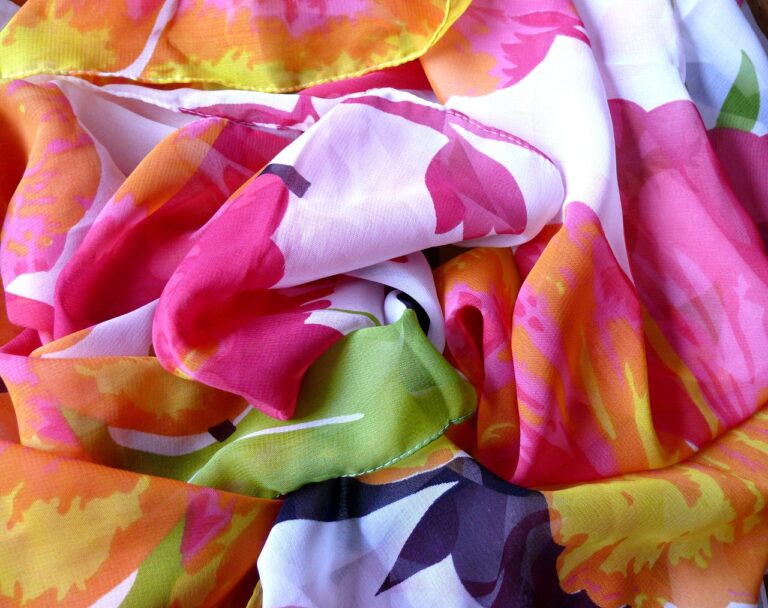Fashion and Cultural Heritage: Exploring the Significance of Traditional Garments
Traditional garments have a rich history that dates back centuries. The evolution of these garments can be traced through various cultural influences, societal changes, and technological advancements that have shaped their design and significance. From ancient civilizations to modern times, traditional attire has served as a reflection of heritage, identity, and social status within communities around the world.
The development of traditional garments is closely linked to the materials available in different regions, as well as the climate and lifestyle of the people who wore them. Fabrics such as silk, wool, cotton, and leather have played a crucial role in the evolution of traditional clothing, along with techniques like weaving, embroidery, and dyeing. As societies interacted through trade and conquest, the exchange of ideas and styles also contributed to the diverse and evolving nature of traditional garments.
The Influence of Geography on Traditional Garments
Geography plays a crucial role in shaping the traditional garments of a region. The climate, terrain, and available resources all contribute to the design and functionality of the clothing worn by the people. For example, in colder regions, thick fabrics and layers are common, providing warmth and protection from the elements.
Moreover, the cultural practices and beliefs of a community are often reflected in their traditional garments. In some places, specific colors, patterns, and embroidery hold symbolic meanings that are deeply rooted in the history and traditions of the people. These garments not only serve a practical purpose but also serve as a form of cultural expression and identity for the wearers.
The Social Significance of Traditional Garments
Traditional garments hold a deep-rooted significance in various cultures around the world. They serve as a symbol of identity and heritage, representing the history and traditions passed down through generations. These garments often reflect the values, beliefs, and societal norms of a particular community, serving as a visual representation of their cultural identity.
Moreover, traditional garments play a crucial role in social events and ceremonies, marking important milestones in individuals’ lives. Whether it’s a wedding, festival, or religious ceremony, wearing traditional attire is not just a sartorial choice but a way to honor and uphold cultural practices. Through these garments, individuals reinforce a sense of belonging and connection to their community, strengthening social bonds and fostering a shared sense of pride and tradition.
– Traditional garments symbolize identity and heritage
– Reflect values, beliefs, and societal norms
– Serve as a visual representation of cultural identity
– Important in social events and ceremonies
– Mark important milestones in individuals’ lives
What is the historical significance of traditional garments?
Traditional garments have been worn for centuries and often reflect the cultural heritage and history of a particular region or community.
How does geography influence traditional garments?
Geography plays a significant role in the materials and styles used in traditional garments. For example, people living in colder climates may wear heavier, warmer fabrics compared to those in warmer climates.
Why are traditional garments important socially?
Traditional garments are important socially as they can symbolize identity, belonging, and cultural pride. They often carry deep meanings and traditions that are passed down through generations.
Do traditional garments vary from region to region?
Yes, traditional garments can vary greatly from region to region, each reflecting the unique cultural practices and customs of the area.
Can traditional garments change over time?
Yes, traditional garments can evolve over time as fashion trends change and new influences come into play. However, they often maintain key elements that connect them to their cultural roots.





